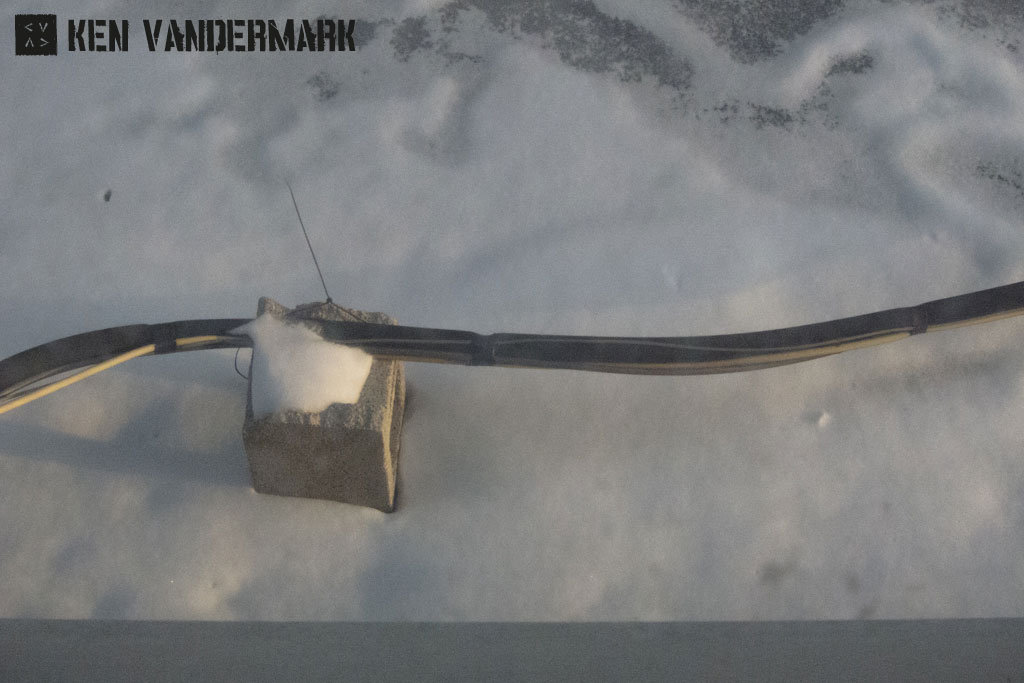

Chicago-based reedplayer Ken Vandermark should be as lauded for his flow of inventive composition as his uncompromising improvising. Busy as ever, he also contributes charts to co-operative endeavors with a varied and ever-increasing list of collaborators.
Inspired by a shared love for the works of late clarinetist John Carter and cornet player Bobby Bradford, Vandermark pairs with trumpeter Nate Wooley on East by Northwest, a set of seven originals and two covers, one by each of the seminal twosome. Wooley possesses an astonishing tonal range matched by imagination, which brings out the best in Vandermark, who delves deep into the further extremes of his technique. Opening with Carter’s “And She Speaks”, the duo establish the parameters for their project as time and again the elegant strains of the tune blossom into squalling exchanges. It’s a high-octane duet in terms of jostling interplay rather than energy levels. Each supplies novel textures against which the other can react or propose his own lines. Vandermark has never been afraid to dwell on repeated motifs even in free settings and it shows here on Bradford’s “Song For The Unsung”, the standout cut, where Vandermark’s baritone saxophone vamp serves as the substructure for Wooley’s airy blues-inflected dance. Elsewhere, Wooley goes through a dizzying array of expression, from mutters, breaths and buzzes that expand into voice-augmented shrieks (heard to great effect on “Call The Numbers”) to the gibbering vocal exclamations featured on the intro to “Direct buy effexor online Cut”.
Vandermark reunites with pianist Ha?vard Wiik and drummer Chad Taylor to form Side A, a similarly collective venture. In The Abstract represents their sophomore outing and, like the first, everyone chips in to the program. On clarinet as well as baritone saxophone, Vandermark keeps the jazz influence to the fore while Wiik occasionally adds contemporary tonalities to his structural underpinnings. Taylor primarily handles momentum, as well as timbral color, but does so with so much variation that a bassist is never missed. Inevitably, the different authors result in a diversity of moods, from the relatively straightforward, like Taylor’s driving “Virano”, where Vandermark spins effervescent tales on clarinet, to the more knotty, such as Wiik’s “Semiology”, which blends the cerebral with the unfettered and at times resembles Anthony Braxton’s work in its darting figures. But they are egalitarian in execution as well as the credits. Every piece provides space for improvisation and solos, built around the charts. Taylor shines on Vandermark’s assertive opener “Cadeau”, where a polyrhythmic drum interlude amid the piping clarinet and freewheeling piano counterpoint recalls a sped-up Ed Blackwell. The concluding “4 From 5 To 6” might have sprung from the Vandermark 5 songbook as a series of interlocking thematic materials combine in a stop-time riff, sparking excitement from all involved, rounding matters off in fitting style.
– John Sharpe
Originally published in the March 2015 issue of the New York City Jazz Record
© 2024 Ken Vandermark – musician & composer | Disclaimer